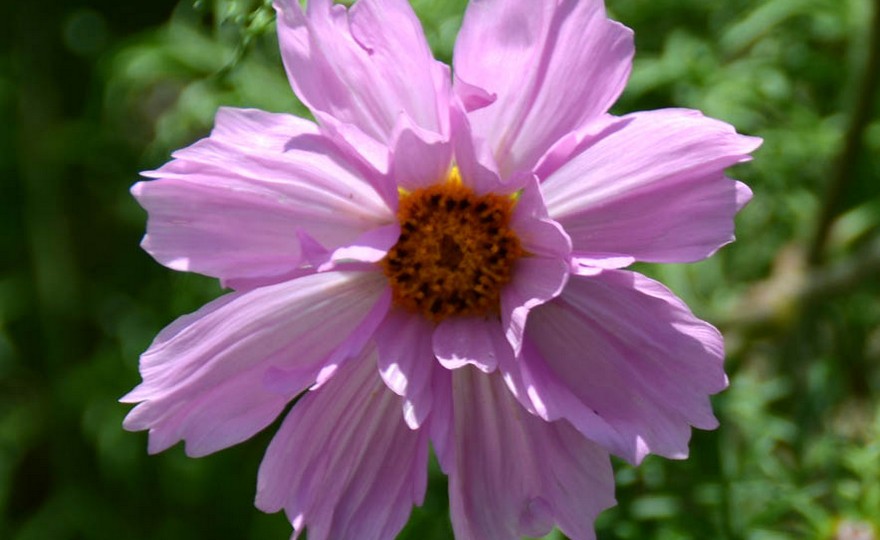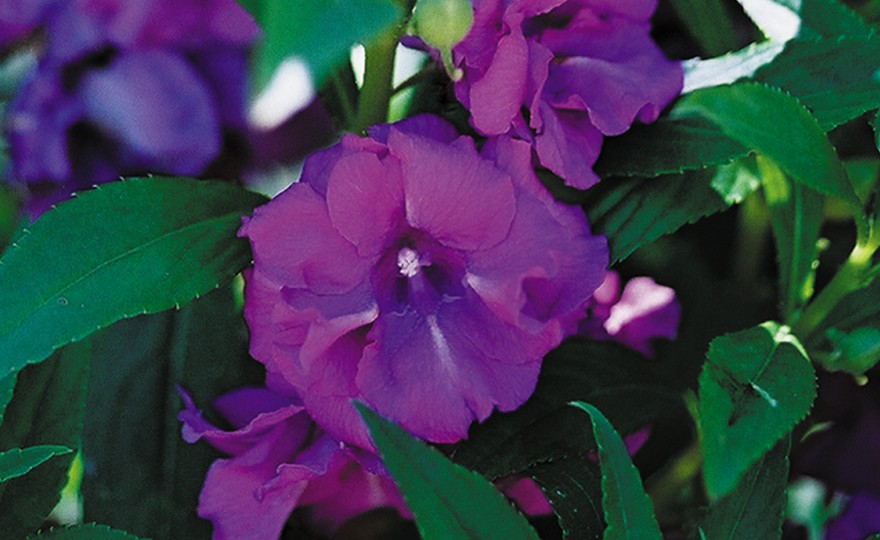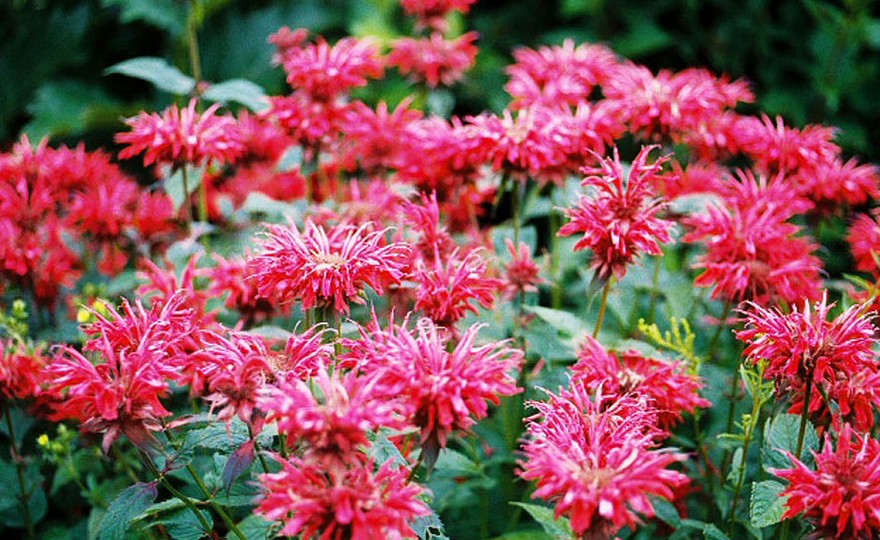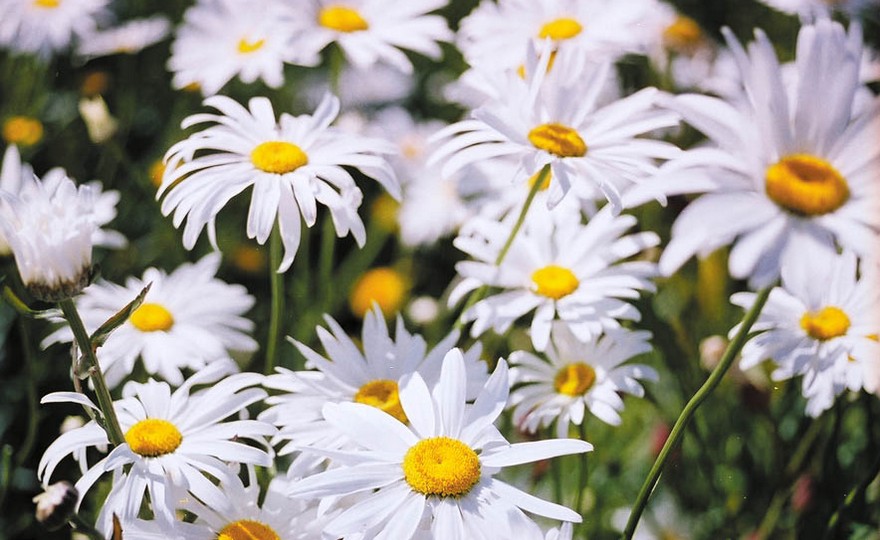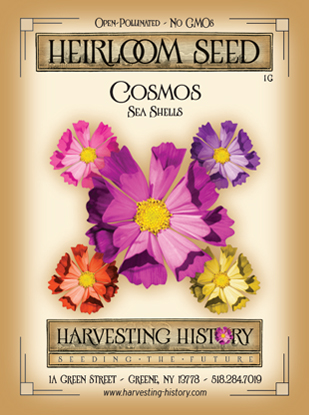
Cosmos, Sea Shells
-
- **SOLD OUT** HOLIDAY GIFTS **SOLD OUT**
- **SOLD OUT** Holiday Books **SOLD OUT**
- **SOLD OUT** Holiday Citrus **SOLD OUT**
- **SOLD OUT** Holiday Gift Certificates **SOLD OUT**
- **SOLD OUT** Holiday Paperwhites **SOLD OUT**
- **SOLD OUT** Holiday Praying Mantis Kits **SOLD OUT**
- **SOLD OUT** Holiday Tools **SOLD OUT**
- **SOLD OUT** Holiday Wildflower Mixtures **SOLD OUT**
- Citrus Trees
- **SOLD OUT** - Vegetable and Herb Plants - Mix & Match any 6 Plants for $50 - Only Shipped in Quantities of 6
- Elephant Ear Plants & Roots
- **SOLD OUT** 4-Inch Pot Herb Plants **SOLD OUT**
- Rare Plants
- **SOLD OUT** Vining Plants **SOLD OUT**
- Asian Seeds
- Beneficial Bugs
- Books
- Citrus Fertilizers
- Cold-Treated Bulbs - SEE BULBS FOR FALL PLANTING TO ORDER
- Cold-Treated Allium
- Cold-Treated Chionodoxa
- Cold-Treated Crocus
- Cold-Treated Hyacinthoides
- Cold-Treated Hyacinthus Orientalis
- Cold-Treated Narcissus
- Cold-Treated Cyclamineus Narcissus
- Cold-Treated Double Heirloom Narcissus
- Cold-Treated Jonquilla Narcissus
- Cold-Treated Large Cupped Narcissus
- Cold-Treated Poeticus Narcissus
- Cold-Treated Small Cupped Narcissus
- Cold-Treated Species Miniature Narcissus
- Cold-Treated Split Cupped Narcissus
- Cold-Treated Tazetta Narcissus
- Cold-Treated Triandus Narcissus
- Cold-Treated Trumpet Daffodils
- Cold-Treated Ornithogalum
- Cold-Treated Rock Garden Iris
- Cold-Treated Scilla
- Cold-Treated Tulips
- Cold-Treated Emperor Tulips
- Cold-Treated Fringed Tulips
- Cold-Treated Green or Viridiflora Tulips
- Cold-Treated Lily Flowering Tulips
- Cold-Treated Parrot Tulips
- Cold-Treated Peony Flowering Tulips
- Cold-Treated Single Early Tulips
- Cold-Treated Single Late Tulips
- Cold-Treated Species Tulips
- Cold-Treated Triumph Tulips
- Flower Bulbs, Corms and Tubers
- Bulbs for Spring Planting
- Bulbs for Fall Planting - ALL BULBS AVAILABLE ARE COLD TREATED FOR PLANTING AS SOON AS SOIL CAN BE WORKED
- Fall Blooming Bulbs
- Garden Tools & Equipment
- Gift Certificates
- HHH Exclusive Wildflower Mixtures
- Wildflower Mixtures
- Heirloom Garlic
- Potatoes
- Roots & Sets
- Seeds
- Flowers
- Herbs
- Vegetables
- **SOLD OUT** HOLIDAY GIFTS **SOLD OUT**
-
- No products to compare
-
75 in stock
Quick Overview
Cosmos, Sea Shells
Cosmos are one of the easiest plants to grow from seed. “Benign neglect is the key.” writes Tovah Martin in her book, Heirloom Flowers, and she is absolutely correct. The plants begin to bloom in late July or August and continue until frost. Cosmos are terrific reseeders, but they usually revert to the dominant color which is pale pink. To maintain the whites and magentas, seed must be saved from plants of this color which are grown in somewhat isolated groups.
| Type | Spacing | Planting Depth | Days to Germination | Maturity |
| Annual | 15 in. | 1/2 in. | 14 | 30-45 |

Cosmos, Sea Shells
Cosmos is a true American native being indigenous to the southwestern United States and Mexico. The name, Cosmos, comes from the Greek word meaning harmony or ordered universe. This is probably a reference to the ordered arrangement of the plant’s petals. The plant was grown by Spanish priests in their mission gardens and was carried to Europe where it became known as “peasant’s flowers” because of its ability to grow in the poor soils surrounding peasant cottages. In the United States, as early as 1838, the much respected New York seedsman, Grant Thorburn was offering a 6 foot tall, “late Cosmos” in his seed catalogs. In 1799, the plant was introduced into Britain with little success. Cosmos is a short day plant meaning that it begins to form buds and produce flowers as the days shorten in the fall. In Britain, gardeners rarely saw the blooms of cosmos because frost had destroyed the plant before it had a chance to flower. Breeding programs over the next 100 years solved this problem and also created flowers with brighter colors, fancier petals and double blossoms. In 1930, a cosmos was introduced that excited the industry and significantly enhanced the popularity of the plant. This was Cosmos Sensation. Sensation took only 56 days to flower so it could be grown in northern gardens. Its blossoms were large, sometimes as much as 4 inches in diameter, and it had a range of beautiful, vivid colors which included crimson, white, bright pink and magenta. The plant was so revolutionary that in 1936 it won the All-America Award of Merit. Soon after the introduction of Sensation, Sea Shells, a striking variety with curiously quilled (rolled) petals was introduced. Bright Lights is a fairly recent introduction having been developed from a cosmos strain, cosmos sulfurous, which is native to Mexico. Cosmos sulphureus is the progenitor of all the yellow, orange and rust colored varieties of the plant.

